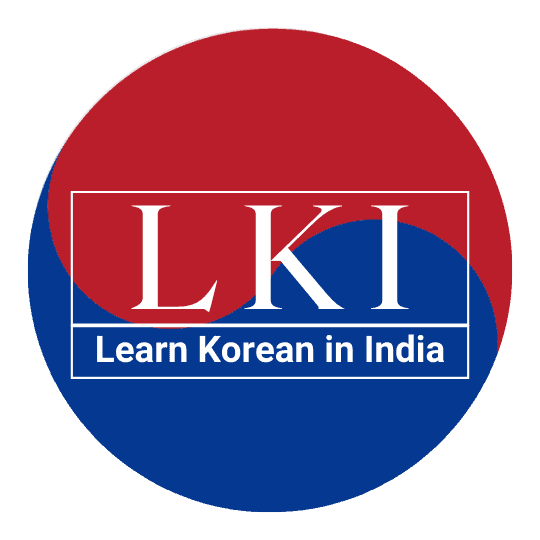Let's learn how to use "V + 고 싶다 [Korean grammar]" and make some example sentences.
V + 고 싶다 [Korean Grammar]
USE:
"V + 고 싶다" Korean grammar pattern is used to express one's wishes or desires.
It is equivalent to ‘want to do..’ in English.
There are two structures of this grammar patterns:
1) V-고 싶다 - It is used if the subject is the first or second person.
EXAMPLE: 저는 불고기를 먹고 싶어요. (I want to eat bulgogi).
2) V-고 싶어하다- It is used if the subject is a third person.
EXAMPLE: 제 동생은 불고기를 먹고 싶어해요. (My sister wants to eat bulgogi).
CONJUGATION RULE:
V + 고 싶다 grammar is used with verbs. The first step of ‘V + 고 싶다’ conjugation is to remove ‘다’ from the basic form of the verb, Then you add 고 싶다 to the verb stem.
The next thing you have to remember is " 고 싶다" is also itself in the flat form here. So, change '고 싶다' into '고 싶어요' and '고 싶어 하다' into '고 싶어해요 (or 싶습니다), when you use this grammar pattern in your sentence or while speaking.
EXAMPLE:
1. 저는 영화를 보고 싶어요. (I want to see a movie. )
2. 제 친구는 비빔밥을 먹고 싶어해요. (My friend wants to eat bibimbap. )
EXAMPLE SENTENCES:
- 한국말을 잘하고 싶어요. I want to speak Korean well.
- 사과를 먹고 싶어요. I want to eat an apple.
- 고향에 가고 싶어요. I want to visit my hometown.
- 안나 씨는 날씬해지고 싶어해요. Anna wants to become slim.
- 방을 저 혼자 사용하고 싶어요. I want to use this room alone.
ADDITIONAL NOTES:
When you want to use it with an adjective, like one wants to become/get adj, you can use ' Adjective + 아/어지 + 고 싶다 '
The sentences then can be formed, like:
- 날씬하다 - 날씬해지고 싶다 (I want to be slim.)
- 건강하다 - 건강해지고 싶다 (I want to be healthy.)
- 행복하다 - 행복해지고 싶다 (I want to be happy.

